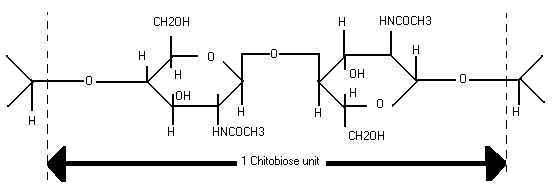What is a Palynomorph?
-
Firstly, a palynomorph must be within the size range of 5-
500 micrometres, no smaller (there are a few exceptions for larger samples).
-
Anything made up of calcium carbonate (CaCO3)
is not a palynomorph.
-
It is an organic compound (CHO), which is resistant to HCl
(hydrochloric acid) and HF (hydrofluoric acid).
-
Although able to resist those acids, it corrodes in strong
oxidizing environments (as well as nitric acid and H2O2) or high-alkali
surroundings (KOH).
-
It thermally alters to darker colours due to loss of oxygen
and hydrogen molecules - a process called carbonization.
-
It has complex polymers.
A palynomorph is very
resistant to palynological preperations (HCl and HF) because it is made
up of one of the following three components (the complex polymers):
-
Sporopollenin
-
Chitin
-
Pseudochitin
Sporopollenin
is the most common of the three. It is found in dinoflagellates,
acritarchs, and the cell walls of spores and pollen. It is very similar
to chitin in behaviour and properties. It is the most inert organic
compound known. Although it is the most common, scientist and experts
are still uncertain of the chemical structure.
Chitin is
found in spores, fungi, scolecodonts, arthropod organs (insect mouoth parts),
and microforams. It is structurally very similar to cellulose, the
only difference is the addition of the acetamide group (HNCOCH3)
- see diagram below. Chitin is more resistant to carbonization than
sporopollenin.
Pseudochitin
is found in chitinozoans. It is similar to both of the aforementioned
compounds. Not much is written about this compound so I suppose it
is somewhere in between both.
Chemical Structure of Chitin


